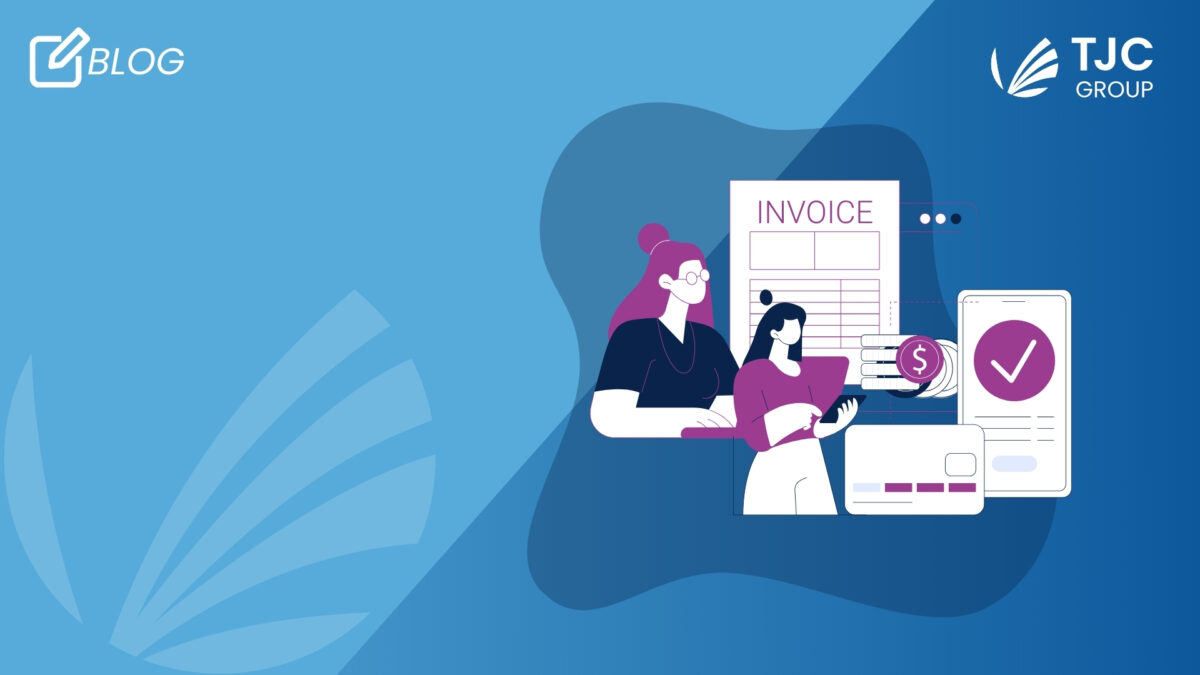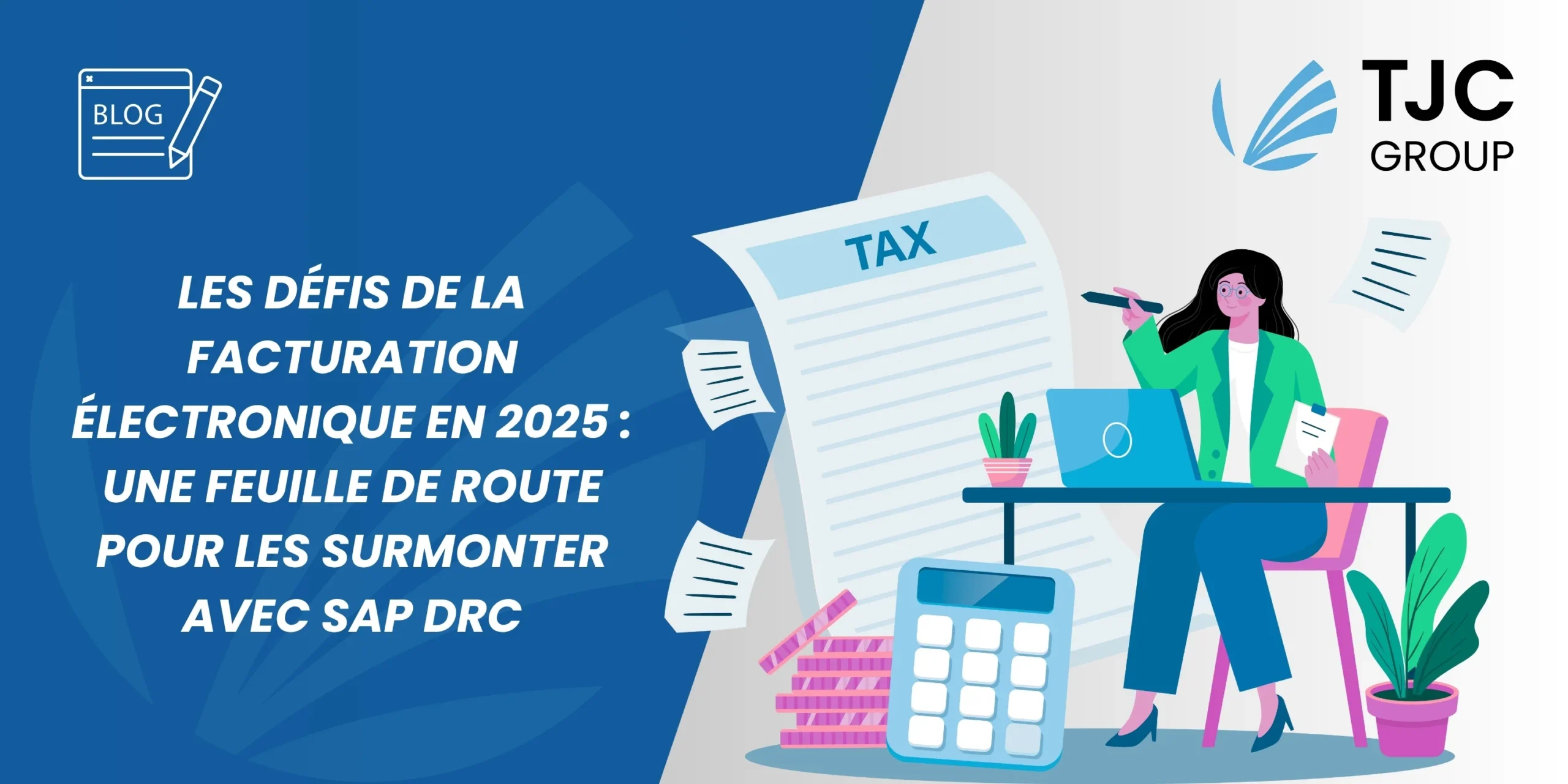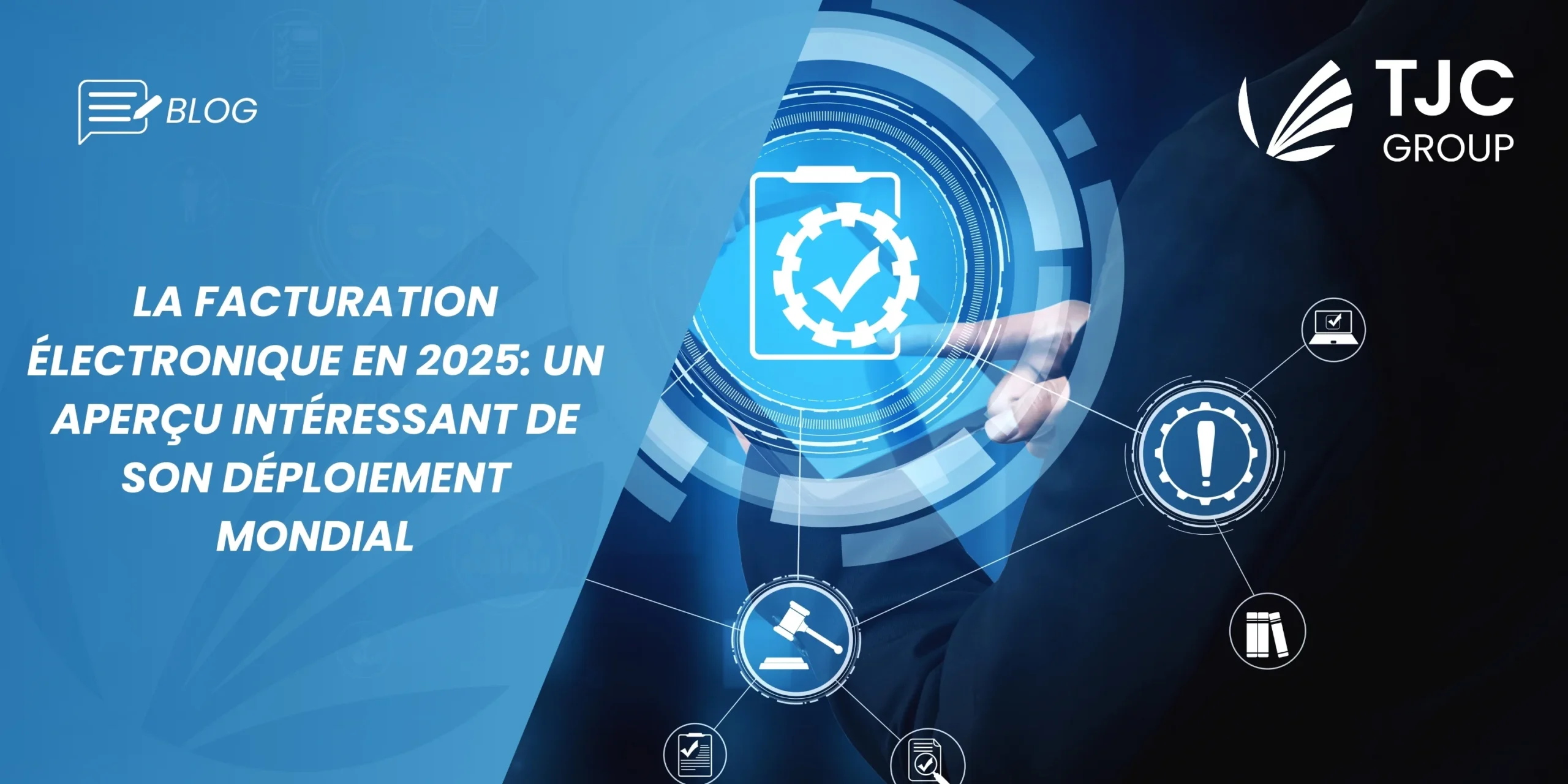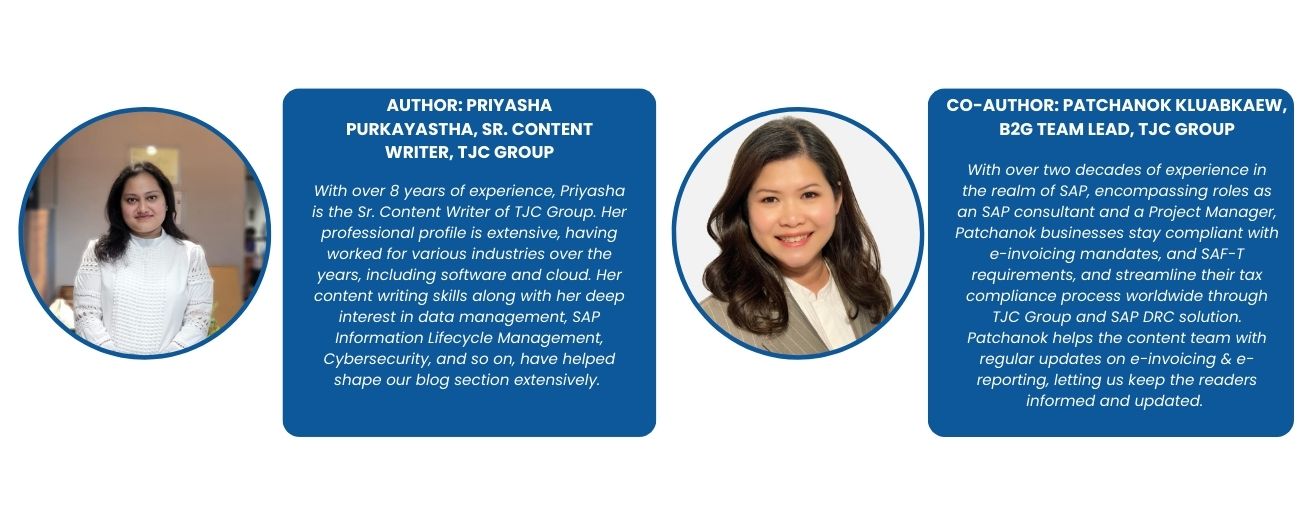
Table des matières
1. Introduction
La transformation numérique de la facturation et des rapports statutaires n’est pas qu’une simple mise à jour. Il s’agit d’un kit de survie complet pour les organisations en quête d’efficacité, de précision et, surtout, d’une conformité sans faille. Les gouvernements du monde entier ont pris le train de la facturation et du reporting électroniques, rendant leur adoption obligatoire dans certains pays. En fait, le marché de la facturation électronique a atteint environ 14 milliards de dollars en 2023. Il devrait croître à un taux de croissance annuel moyen de 18 % au cours de la période 2024-2032, pour atteindre environ 61 milliards de dollars en 2032.
Les principaux facteurs contribuant à la croissance de la facturation et de la déclaration électroniques sont, entre autres, les initiatives et les mandats réglementaires, l’évolution globale vers la numérisation et l’automatisation, et le paysage du développement durable. Mais y en a-t-il d’autres ? Absolument ! Nous avons abordé les moteurs de la facturation électronique en détail dans notre blog précédent. Cliquez sur le bouton ci-dessous pour en savoir plus !
Parmi toutes les possibilités offertes par la facturation et le reporting électroniques, saviez-vous qu’il existe plusieurs formats de facturation électronique ? Oui, aussi étonnante que soit la facturation numérique, les organisations doivent garder à l’esprit un certain nombre d’éléments, dont les différents formats.
2. Les différents formats de facturation électronique que vous devez connaître
Conformément à la directive 2014/55/UE relative à la facturation électronique dans le cadre des marchés publics, nous avons constaté qu’il existe plusieurs normes mondiales, nationales, régionales et propriétaires. Cependant, la plupart d’entre elles ne sont pas interopérables les unes avec les autres.
Quels sont donc les différents formats de facturation électronique? Sans plus attendre, voyons-les :
-> Formats standards
2.1 Échange de données informatisées (EDI)
Introduit dans les années 1960 pour permettre aux organisations d’échanger des documents par voie électronique, l’échange de données informatisées (EDI) est l’un des formats les plus anciens mais les plus utilisés pour la facturation électronique. Dans les transactions EDI, les informations sont transférées directement d’une application informatique d’une organisation vers le système informatique d’une autre organisation. Il définit l’emplacement et l’ordre des informations dans un format de document. La capacité automatisée de l’EDI, qui permet un partage rapide des données, contribue largement à sa popularité. Il existe plusieurs normes d’échange de données électroniques telles que EDIFACT, ANSI X12, ODETTE, TRADACOMS, GS1, etc., utilisées dans différentes régions.
2.2 Langage universel des affaires (UBL)
Universal Business Language (UBL) est une norme basée sur XML pour la facturation électronique largement utilisée dans le monde. Développé par l’Organization for the Advancement of Structured Information Standards (OASIS), il a été publié en 2004 avec l’intention d’être utilisé dans le commerce électronique, principalement par les petites et moyennes entreprises. Cependant, au fil des ans, l’UBL est devenu un outil essentiel pour les achats internationaux, y compris la facturation électronique. En novembre 2014, la Commission européenne a approuvé ce format pour ses administrations publiques, ce qui en fait l’un des formats de facturation électronique les plus recherchés par les gouvernements européens. Cela dit, l’interopérabilité et l’adaptabilité de l’UBL le rendent encore plus intéressant pour les gouvernements et les organisations.
| Format pour la facturation électronique | Pays concernés |
| Échange de données informatisées (EDI) | Dans le monde entier |
| Langage universel des affaires (UBL) | Mondial |
| PEPPOL | Mondial |
| CEFACT-ONU CII | Dans le monde entier |
| UBL PEPPOL BIS Billing 3.0 | Mondial |
| JSON | Mondial |
| FatturaPA | Italie |
| ZUGFeRD | Allemagne |
| FacturaE | Espagne |
| Factur-X | France |
| XML | Extensions spécifiques aux pays |
2.3 PEPPOL
Le format PEPPOL (Pan-European Public Procurement Online) est un cadre facilitant les processus de passation électronique des marchés publics sur l’ensemble du continent européen, y compris les spécifications relatives aux factures électroniques. À la suite d’une conférence ministérielle tenue à Manchester, qui a fixé les objectifs d’un système transfrontalier de facturation et de passation de marchés publics en Europe, le projet PEPPOL a été lancé en 2008 sous l’égide de l’Union européenne. PEPPOL est un vaste concept en soi, que nous aborderons dans nos prochains blogs.
2.4 Facture intersectorielle du CEFACT-ONU (CII)
La norme UN/CEFACT CII, soutenue par les Nations unies et largement utilisée en Europe et dans d’autres régions, est un autre format mondial populaire pour la facturation électronique. Cette norme simplifie les transactions commerciales et les éléments d’information des factures utilisées dans divers secteurs de la chaîne d’approvisionnement. Le CEFACT-ONU a mis au point un ensemble maximal de données couvrant plusieurs secteurs et plusieurs types de marchandises, appelé “facture multisectorielle”. Toutefois, toutes les données de la CII du CEFACT-ONU ne seront pas nécessaires. En général, les utilisateurs n’auront besoin que d’un sous-ensemble de la CII complète.
2.5 UBL PEPPOL BIS Billing 3.0
Le format UBL PEPPOL BIS Billing 3.0 est une extension du format UBL ; cependant, ce format est couramment utilisé au sein du réseau PEPPOL pour la facturation électronique transfrontalière en Europe.
2.6 JSON
Après la mise en œuvre de la taxe sur les produits et services (TPS) le 1er juillet 2017, qui a remplacé les impôts indirects tels que les droits d’accise, la TVA et la taxe sur les services en Inde, le gouvernement a adopté le GSTN, c’est-à-dire le réseau de la taxe sur les produits et services, qui est présenté comme l’épine dorsale informatique de la TPS en Inde. Dans ce cadre, les factures électroniques sont normalisées en termes d’éléments de données lors de leur génération au format JSON.
3. Formats spécifiques à chaque pays
3.1 FatturaPA, Italie
FatturaPA est le format de facturation électronique italien, obligatoire pour les transactions entre entreprises et administrations (B2G), entre entreprises (B2B) et entre entreprises et consommateurs (B2C). En fait, il s’agit d’un décret prévu par la loi italienne numéro 633 de 1972, article 21, sous-section 1, et c’est le seul type de facture accepté par l’administration publique italienne. FatturaPA a un contenu structuré dans le fichier XML, et il est basé sur les normes UBL. Toutefois, FatturaPA doit répondre à des exigences spécifiques conformément à la législation fiscale italienne.
3.2 ZUGFeRD, Allemagne
Le guide central de l’utilisateur du Forum pour la facturation électronique en Allemagne, communément appelé ZUGFeRD, est un format de facturation électronique allemand qui combine à la fois des formats structurés et non structurés. En d’autres termes, il combine un fichier PDF et un fichier XML, contenant les données de la facture et rendant la facturation électronique plus accessible grâce à des formats lisibles par l’homme et par la machine. Par conséquent, ZUGFeRD 2.1 est également disponible en plusieurs variantes – Basic, Comfort et Extended – les organisations peuvent en choisir une en fonction de la variante et de la conformité aux normes EU/CEN. Et maintenant, ZUGFeRD 2.2 – la nouvelle version de ZUGFeRD, a des éléments importants ajoutés au profil EXTENDED pour améliorer l’interopérabilité avec Order-X.
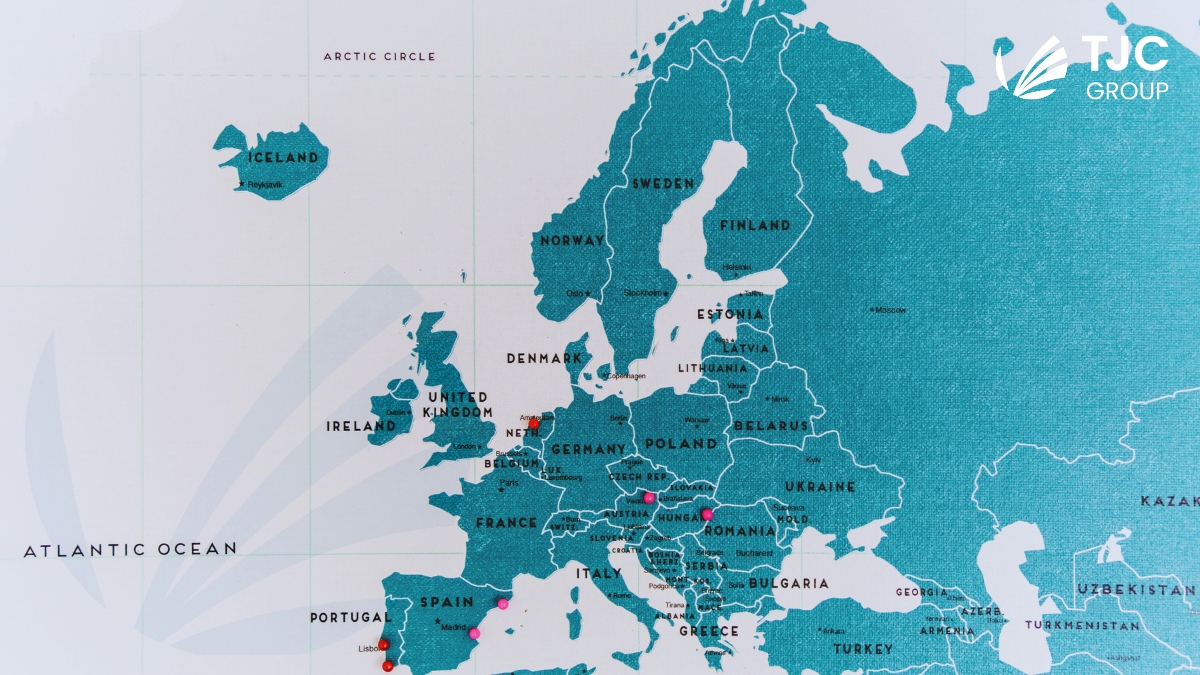
3.3 FacturaE, Espagne
FacturaE est le format de facturation électronique espagnol basé sur XML, qui utilise des signatures XML et suit la norme XadES. Ce format de facturation électronique est basé sur la norme UBL et est utilisé pour les transactions B2B et B2G.
3.3.1 FACe
La plate-forme centrale pour l’envoi de factures électroniques aux autorités espagnoles est FACe ou “Punto General de Entrada de Facturas Electrónicas”. Cette plateforme sert principalement de plateforme centrale d’échange de factures pour les fournisseurs et les entités publiques. En 2018, cette plateforme a été étendue à la facturation électronique B2B sous le nom de FACeB2B. Les entreprises qui travaillent pour le compte de l’administration d’autres entreprises et celles qui génèrent des factures de plus de 5 000 euros sont obligées d’utiliser cette plateforme.
Pour se conformer à la directive 2014/55/EU, l’Espagne a développé une spécification nationale d’utilisation des factures de base (CIUS), réglementant ainsi les lois de conformité pour la facturation électronique du secteur public conformément aux exigences.
3.4 Factur-X, France
Principalement utilisé en France, le format Factur-X combine un PDF lisible par l’homme et une facture XML structurée. Factur-X est un standard franco-allemand de facture électronique hybride, PDF pour les utilisateurs et données XML pour l’automatisation des processus. 5 profils de données pour Factur-X : MINIMUM, BASIC WL, BASIC, EN16931 et EXTENDED.
3.5 XML avec des extensions spécifiques au pays
Plusieurs pays adoptent un format basé sur XML qui s’accompagne d’extensions spécifiques à chaque pays pour répondre à leurs exigences juridiques et fiscales particulières. Ces extensions comprennent également des champs de données supplémentaires pour les détails fiscaux et d’autres informations réglementaires.
4. Facturation et déclaration électroniques avec SAP DRC
SAP Document and Reporting Compliance est votre solution de référence pour la facturation et la déclaration électroniques, permettant aux organisations de créer, de traiter et de contrôler la documentation transactionnelle et les déclarations périodiques. Les organisations peuvent ainsi rester en conformité avec le cadre juridique et les réglementations locales. En fait, la solution offre une pléthore d’avantages, principalement pour aider les organisations à rester conformes dans le monde numérique d’aujourd’hui.
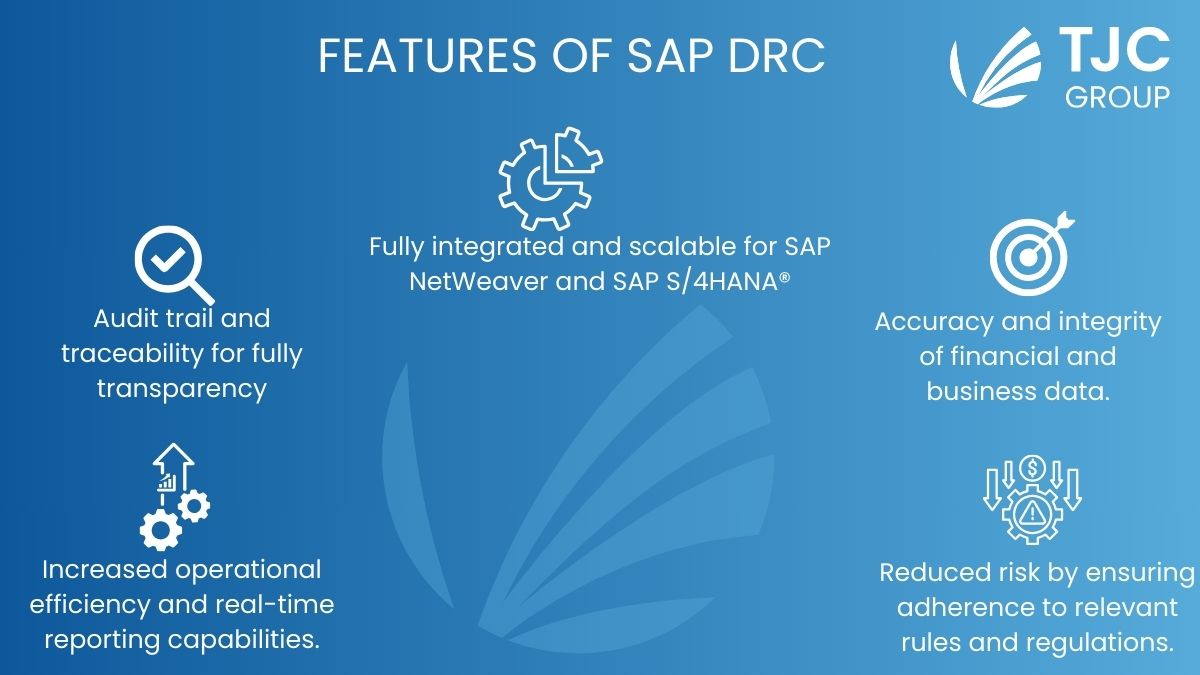
SAP DRCL’approche simplifiée de la conformité fiscale adoptée par l’Agence et son automatisation intégrée permettent de maximiser l’efficacité, de réduire les risques liés à la conformité et aux coûts, et d’accroître la durabilité des opérations fiscales. Cela dit, les formats susmentionnés sont pris en charge par SAP DRC, ce qui vous permet de vous conformer plus facilement aux exigences réglementaires.
5. Choisissez le groupe TJC comme partenaire SAP DRC
Le bon partenaire pour la mise en œuvre de toute solution commerciale est nécessaire pour une expérience sans faille. TJC Group accorde la plus grande importance à une expérience client satisfaisante et sans effort. Rejoignez-nous pour mettre en œuvre SAP DRC et tirez parti de l’expertise de nos consultants seniors en finance SAP. Nos experts vous aideront du début à la fin du processus, et même au-delà. Il est intéressant de noter que nous utilisons la méthodologie SAP Activate pour sa mise en œuvre, où nos experts aident à planifier et à exécuter le projet et fournissent des modèles et des accélérateurs optimisés.
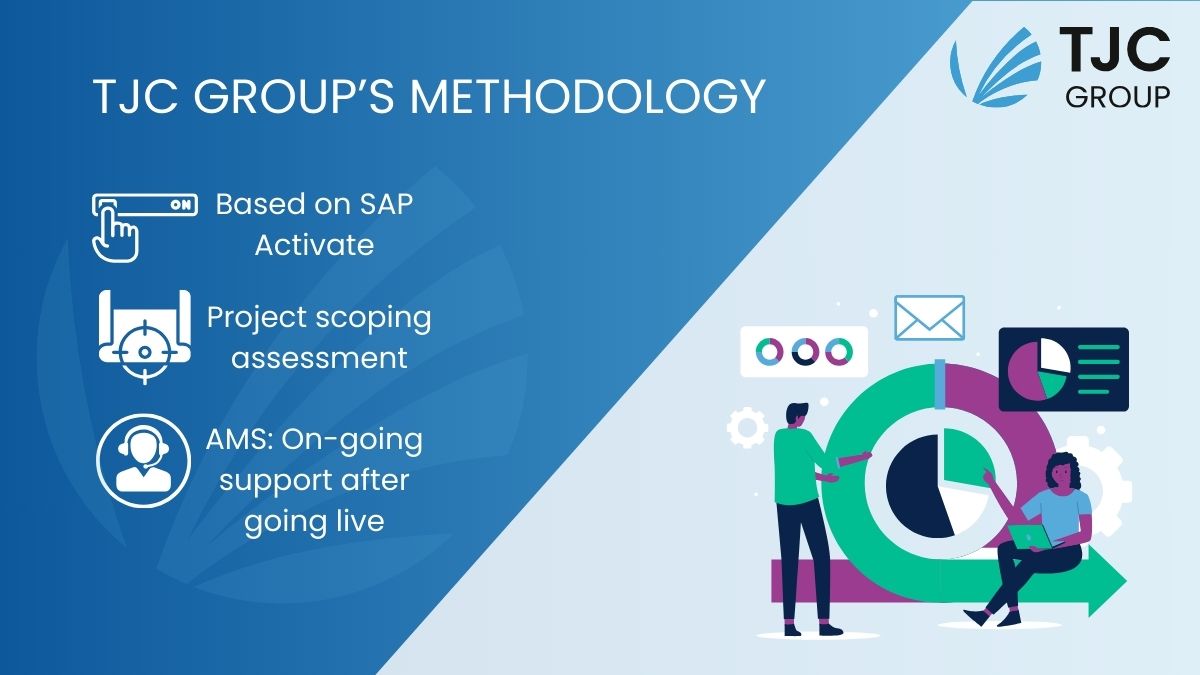
Le groupe TJC a plus de 25 ans d’expérience dans l’assistance aux clients confrontés à des défis dans la gestion des données SAP à des fins fiscales et d’audit. L’entreprise comprend les exigences légales en matière de fiscalité et d’audit, les besoins des entreprises et les aspects techniques de la conformité.
Contactez-nous dès aujourd’hui pour mettre en œuvre SAP DRC selon vos formats requis sans effort !
